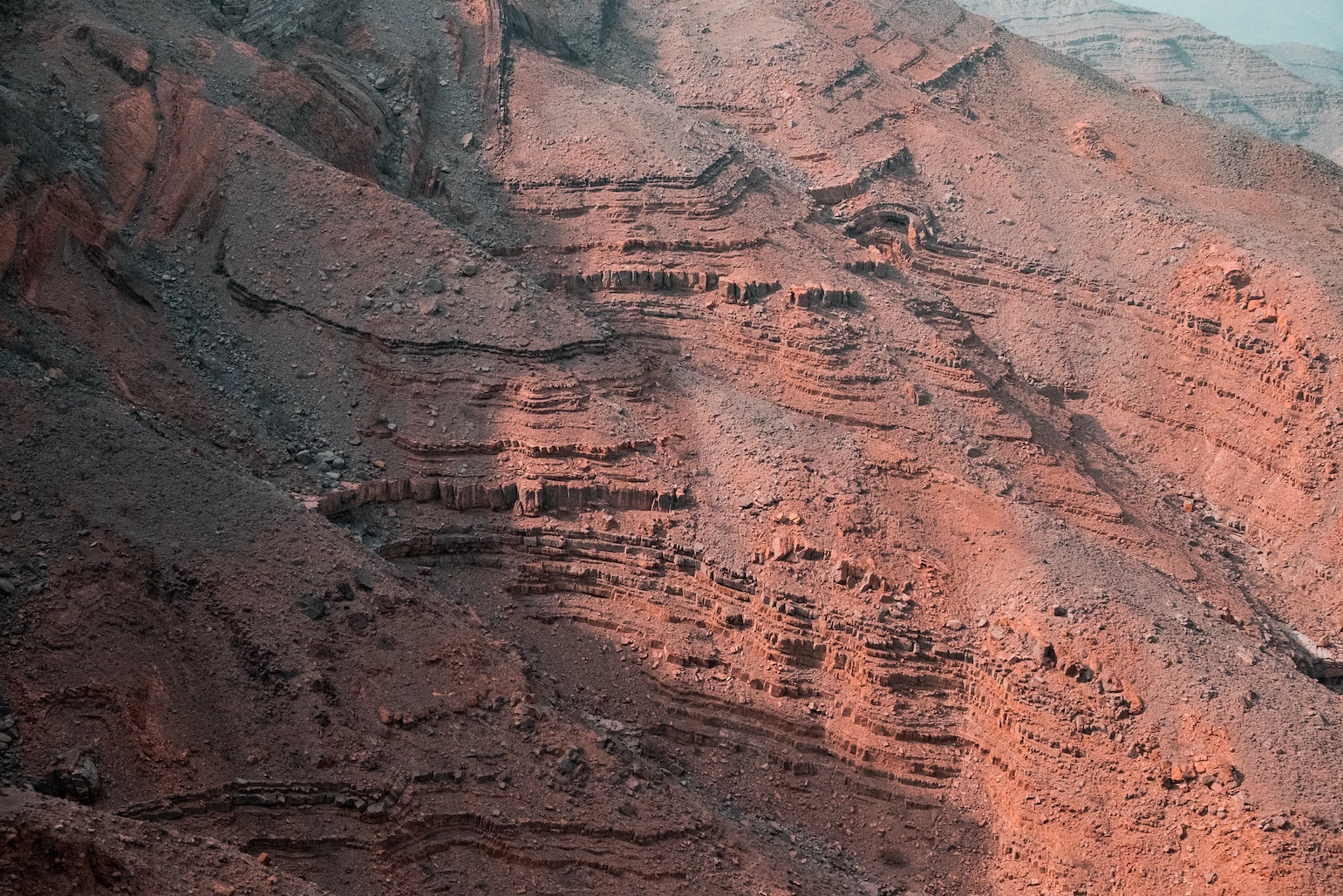Venus Metals Corporation Limited (ASX:VMC) has recently divulged the latest developments concerning its Youanmi Lithium Project (100% owned by VMC). An intriguing mapping and sampling field program has concluded, targeting a pronounced Lithium soil anomaly identified on E57/1078, a detail previously reported on July 6, 2023. The focal point of interest is termed the Deep South Target, an area where remarkably anomalous ultrafine soil samples (up to 305 ppm Li) delineate a northeast-oriented anomaly with a considerable strike length of no less than 900 meters.
Unearthing Rich Lithium Potential: Noteworthy Findings
Within this dynamic context, significant findings emerge. Two pegmatite outcrops, spaced roughly 40 meters apart, have unveiled compelling outcomes. These outcrops, housing common coarse petalite, have returned maximum assays of 4.6% Li2O and 3.26% Li2O respectively. It’s worth noting that petalite (LiAlSi4O10), akin in composition to spodumene (LiAl(SiO3)2), stands distinguished for containing fewer impurities compared to its counterpart.
A Glimpse into Multiplicity: Expansion of Lithium Anomalies
Delving further, additional soil sampling has revealed yet another lithium anomaly, the boundaries of which remain open to the southern expanse. This discovery opens the door to the possibility of multiple lithium pegmatites coexisting within the vicinity.
Navigating Geological Complexity: A Path Forward
Given the inherent geological complexities, particularly the limited outcrop visibility in the target area, establishing the orientation and extent of the petalite-rich pegmatites remains a challenge at this stage. A proactive approach is thus deemed necessary. The strategy encompasses infill soil sampling and precision rock-chip sampling, the parameters of which have been guided by insights from drone imagery. These preparatory actions set the stage for forthcoming definitive drill testing.
Matt Hogan, Managing Director of Venus, conveyed his thoughts, remarking, “The results of the reconnaissance field visit are highly encouraging and warrant further closely spaced soil and rock sampling, with the aim to better define the general outline/dimension of the newly discovered lithium mineralisation and specifically the outcropping petalite zone. Being close to the major, crustal-scale, Youanmi Fault Zone augurs well for the discovery of a cluster of deep-seated pegmatites.”
Progressive Steps: Mapping, Sampling, and Discovery
The groundwork that underpins these breakthroughs involves meticulous data collection. This encompasses rock-chip samples and an additional set of 60 soil samples, procured based on a grid with dimensions of 200 meters by 200 meters. The mapping exercise has showcased a landscape where thin sand cover overlays poorly exposed bedrock, encompassing mafic/ultramafic and granitoid rocks, inclusive of pegmatite formations.
Petalite Unveiled: Mineralogical Revelations
Of paramount significance is the revelation of petalite, a mineral that has come to the forefront. X-ray diffraction (XRD) analyses have shed light on specimens from these outcrops, unveiling the dominance of the lithium-bearing mineral petalite. This lithium aluminum silicate (LiAlSi4O10) possesses a composition akin to spodumene (LiAl(SiO3)2).
Drawing intriguing parallels, petalite’s presence is noted in notable lithium mines globally. The Arcadia Lithium Mines in Zimbabwe, Dakota Minerals’ Sepeda lithium project in Portugal, and the Bikita mine in Zimbabwe stand as prime examples. Notably, the Bikita mine, operated by Chinese mining company Sinomine Resource Group, ranks among the world’s top ten lithium mines by production, with its petalite output recently upgraded to 480,000tpa.











